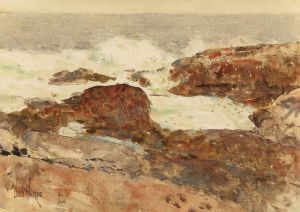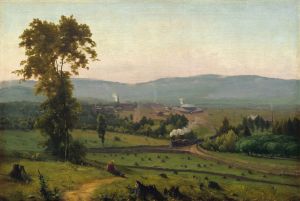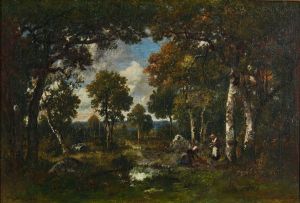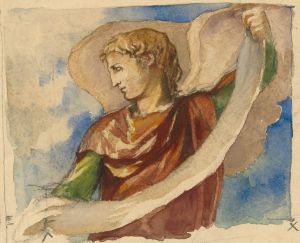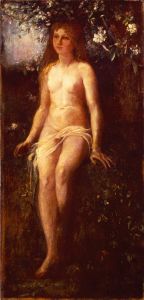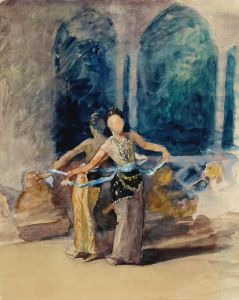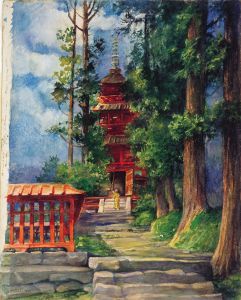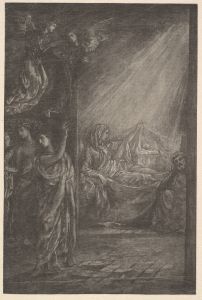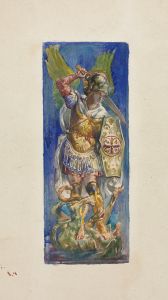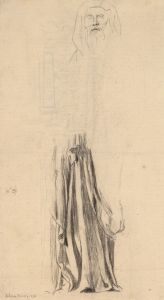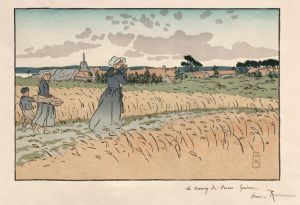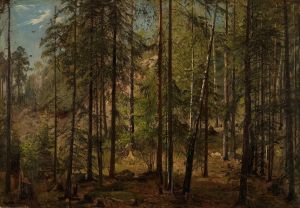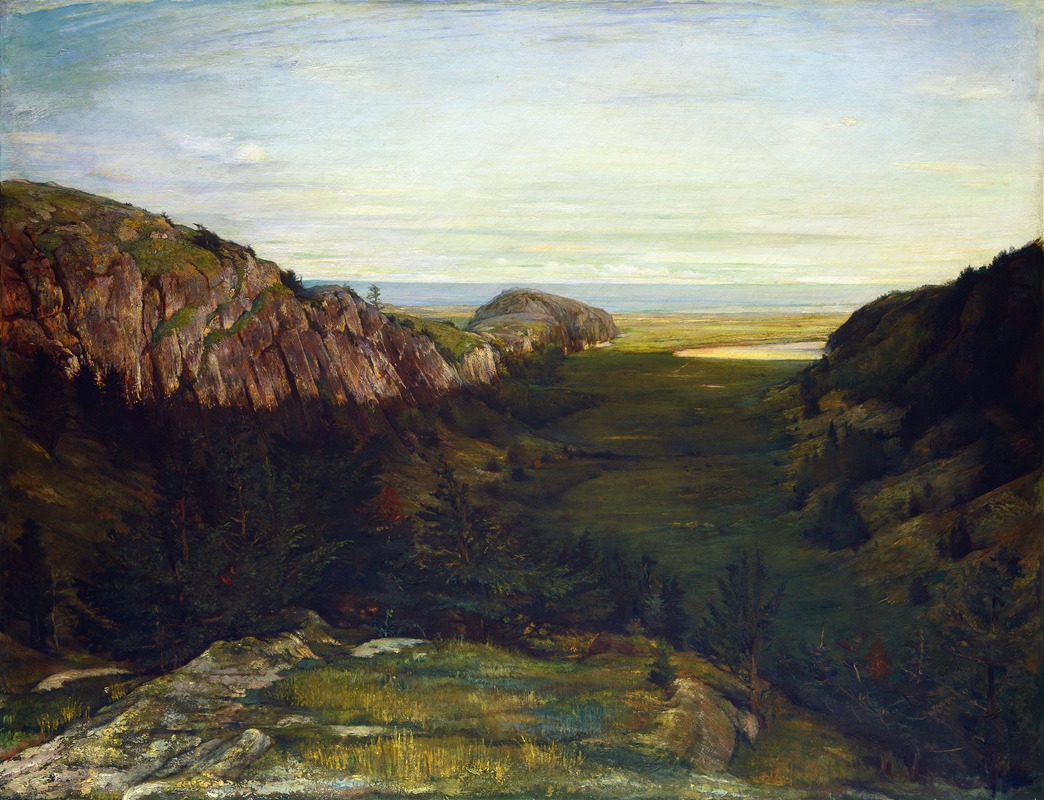
The Last Valley – Paradise Rocks
A hand-painted replica of John La Farge’s masterpiece The Last Valley – Paradise Rocks, meticulously crafted by professional artists to capture the true essence of the original. Each piece is created with museum-quality canvas and rare mineral pigments, carefully painted by experienced artists with delicate brushstrokes and rich, layered colors to perfectly recreate the texture of the original artwork. Unlike machine-printed reproductions, this hand-painted version brings the painting to life, infused with the artist’s emotions and skill in every stroke. Whether for personal collection or home decoration, it instantly elevates the artistic atmosphere of any space.
John La Farge (1835–1910) was an American artist known for his work in stained glass, painting, and illustration. One of his notable works is "The Last Valley – Paradise Rocks," a painting that reflects his interest in landscape and his ability to capture the subtleties of light and color.
La Farge was a prominent figure in the American art scene during the late 19th and early 20th centuries. He was associated with the American Renaissance movement and was known for his innovative use of color and light. His work often depicted landscapes, still lifes, and religious themes, and he was particularly admired for his ability to convey mood and atmosphere.
"The Last Valley – Paradise Rocks" is a testament to La Farge's skill in landscape painting. While specific details about the painting's creation and its current location are not extensively documented, it is known that La Farge was deeply influenced by his travels and the natural beauty he encountered. His trips to the South Pacific and Japan, as well as his explorations of the American landscape, informed much of his work.
La Farge's landscapes are characterized by their attention to detail and their ability to evoke a sense of place. In "The Last Valley – Paradise Rocks," he likely employed his signature technique of layering colors to achieve a luminous effect, a method he also used in his stained glass work. This technique allowed him to create depth and vibrancy, capturing the interplay of light and shadow in the natural world.
Throughout his career, La Farge was recognized for his contributions to the arts. He was a member of the National Academy of Design and received numerous accolades for his work. His innovations in stained glass, in particular, had a lasting impact on the medium, influencing subsequent generations of artists.
While "The Last Valley – Paradise Rocks" may not be as widely known as some of La Farge's other works, it represents an important aspect of his artistic legacy. His landscapes continue to be appreciated for their beauty and technical mastery, and they offer insight into the ways in which La Farge perceived and interpreted the world around him.
In summary, John La Farge's "The Last Valley – Paradise Rocks" exemplifies his talent as a landscape painter and his ability to capture the essence of a scene through color and light. Although specific details about the painting are limited, it remains a part of La Farge's broader body of work, which continues to be studied and admired for its artistic and historical significance.





